Final article: The journey to revive marine resources

The South Central Coast is the country's largest fishing ground, and is also home to many poor households who depend on the sea for their livelihood. However, as time goes on, there are fewer fish in the sea, and fishermen become more worried with each trip out to sea. The decline in aquatic resources has made fishermen increasingly struggling to find a way to make a living at sea.
Mr. Vo Viet Tuan, resident of Tan Thanh commune, Lam Dong province – who has been involved in the marine industry for more than 40 years, clearly feels the difference in marine resources. He realizes that protecting aquatic resources is not just a matter of the present, but also a responsibility to future generations. If people know how to preserve and protect, the sea will revive.
When destructive fishing activities were curbed, the marine environment gradually recovered. Fish and shrimp began to return, coral reefs regenerated, and seawater became clearer. Many coastal localities have been more proactive in building a co-management model of aquatic resources, focusing on people. Mr. Huynh Quang Huy, Deputy Head of the Department of Fisheries and Islands (Department of Agriculture and Environment of Lam Dong) shared that co-management projects need to start from "small sparks, then spread into big flames".
According to Mr. Huynh Quang Huy, the important thing is to identify sea areas that are suitable for the community's management capacity, and select aquatic species that are closely related to the fishermen's livelihoods. All activities must be based on actual needs and be suitable to the natural characteristics, customs, and culture of each region. Right from the design stage, it is necessary to anticipate risks from climate change to economic fluctuations to build appropriate scenarios.
To date, 15 out of 34 provinces and cities nationwide have implemented the co-management model, with about 166,000 hectares of sea and 2,000 hectares of inland waters assigned to community organizations for management. The fisheries sector is aiming for 60% of provinces and cities to apply this model, linked to the new rural development program and marine ecotourism development.
According to Mr. Nguyen Quang Hung, Deputy Director of the Department of Fisheries and Fisheries Surveillance, when the co-management model came into operation, fishermen's awareness of sustainable exploitation was significantly improved. They understood that if resources were well protected, they would be the first beneficiaries, and from there, fishermen voluntarily and enthusiastically participated in co-management groups. However, like many other community policies, the co-management model still faces many difficulties when support resources after pilot projects are still limited.
According to the Department of Fisheries and Fisheries Surveillance, the total area of marine areas zoned for biodiversity conservation and management has reached 208,691 hectares, accounting for 0.2% of Vietnam's natural sea area. The target by 2030 is to increase to 463,587 hectares, with 27 marine reserves; of which 11 are national-level and 16 are provincial-level. These are the "green lungs" of the ocean, where ecological balance is maintained and renewable resources are ensured for the future.
Along with conservation efforts, the handling of destructive fishing practices has been tightened. The use of explosives, electric shocks, toxic substances, etc., which used to be a serious problem, has now significantly decreased thanks to the implementation of Directive 19/CT-TTg of the Prime Minister dated July 30, 2014 on continuing to promote the implementation of Directive 01/1998/CT-TTg of the Prime Minister dated January 2, 1998 on strictly prohibiting the use of explosives, electric shocks, and toxic substances in fishing and strengthening the protection of aquatic resources in the coming time. Many violations have been criminally prosecuted and a number of fishermen who previously used destructive methods have switched to other sustainable and more environmentally friendly fishing professions. These changes, although small, are a positive sign that awareness of marine environmental protection is spreading in the community.
Releasing fishery resources has also become an annual activity, attracting the participation of many social classes. Millions of fishery seeds, especially endangered, precious, rare and endemic species, are released into rivers, lakes and coastal waters. According to Mr. Nguyen Quang Hung, this not only contributes to regenerating fishery resources and restoring fishery reserves but also raises people's awareness, limits the spread of alien species, and contributes to protecting biodiversity and the natural environment.
Along with restructuring the fishing industry based on the results of investigation and assessment of aquatic resources, Vietnam aims to develop fisheries in a modern, sustainable and responsible manner, where fishermen's livelihoods are not in conflict with nature conservation. Vietnam strives to become a country with fisheries development on par with other countries with developed fisheries in the region and in the world, with marine biodiversity and inland waters preserved, and the material and spiritual life of the people improved. Thereby, contributing to ensuring social security, while maintaining sovereignty, security, order and national interests in the rivers and seas of the Fatherland.
Source: https://baotintuc.vn/kinh-te/tuyen-chien-voi-iuu-bai-cuoi-20251120164219088.htm



![[Photo] Lam Dong: Panoramic view of Lien Khuong waterfall rolling like never before](/_next/image?url=https%3A%2F%2Fvphoto.vietnam.vn%2Fthumb%2F1200x675%2Fvietnam%2Fresource%2FIMAGE%2F2025%2F11%2F20%2F1763633331783_lk7-jpg.webp&w=3840&q=75)
![[Photo] President Luong Cuong receives President of the Senate of the Czech Republic Milos Vystrcil](/_next/image?url=https%3A%2F%2Fvphoto.vietnam.vn%2Fthumb%2F1200x675%2Fvietnam%2Fresource%2FIMAGE%2F2025%2F11%2F20%2F1763629737266_ndo_br_1-jpg.webp&w=3840&q=75)
![[Photo] National Assembly Chairman Tran Thanh Man holds talks with South Korean National Assembly Chairman Woo Won Shik](/_next/image?url=https%3A%2F%2Fvphoto.vietnam.vn%2Fthumb%2F1200x675%2Fvietnam%2Fresource%2FIMAGE%2F2025%2F11%2F20%2F1763629724919_hq-5175-jpg.webp&w=3840&q=75)


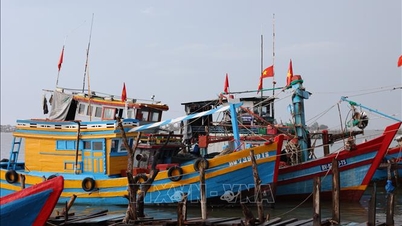




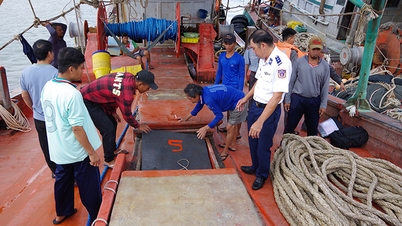



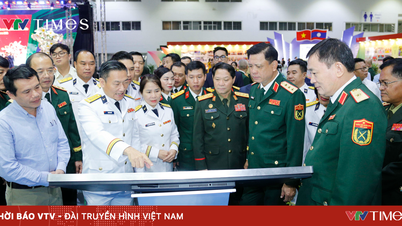


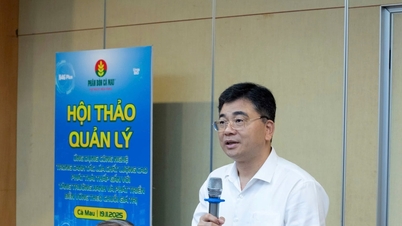

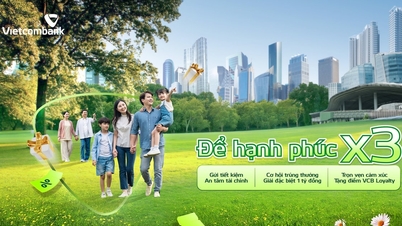

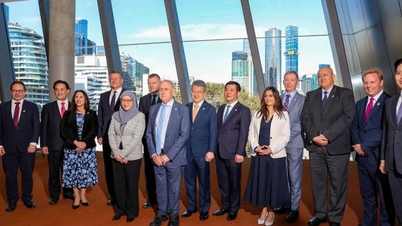




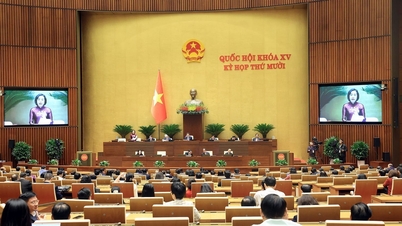



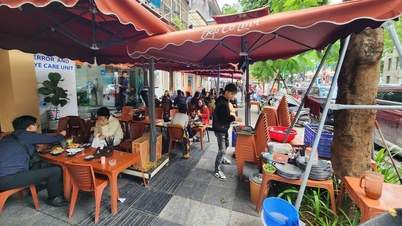
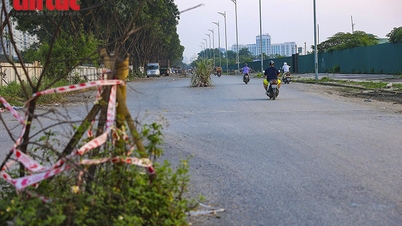




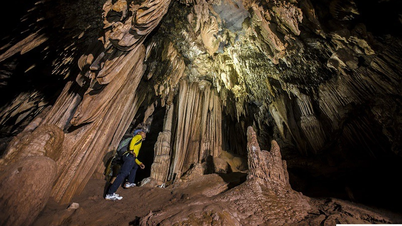

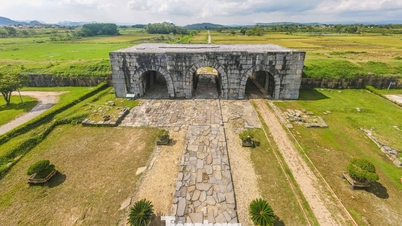

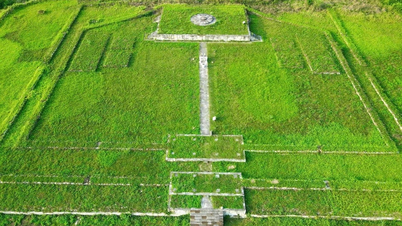





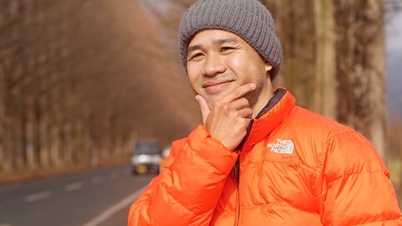




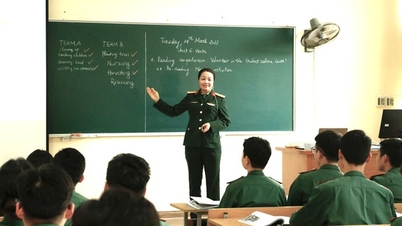

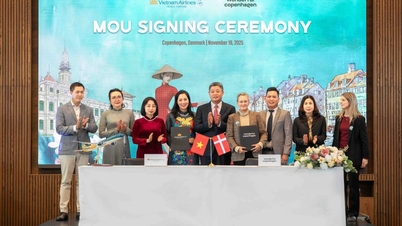























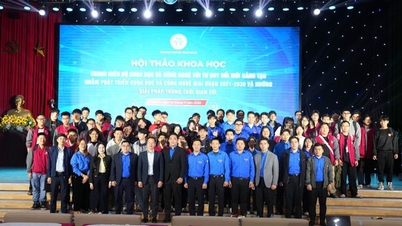

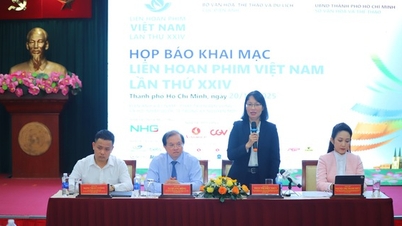






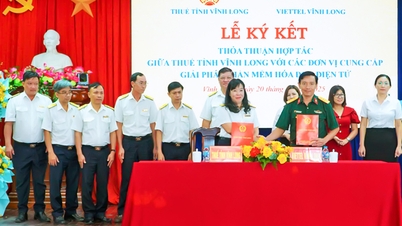


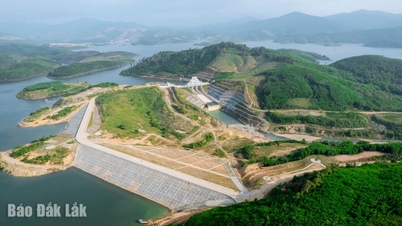





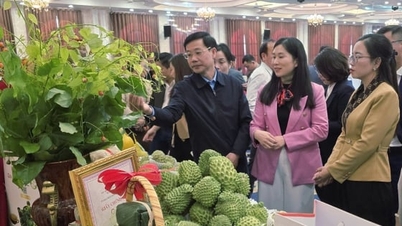











Comment (0)